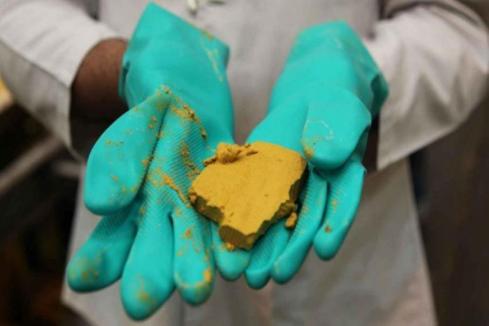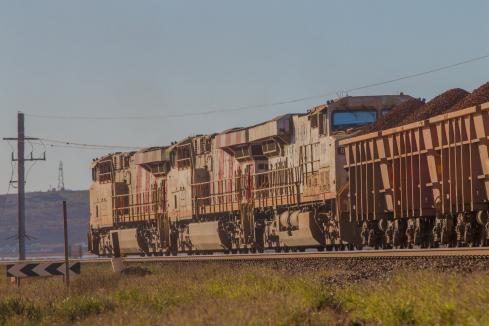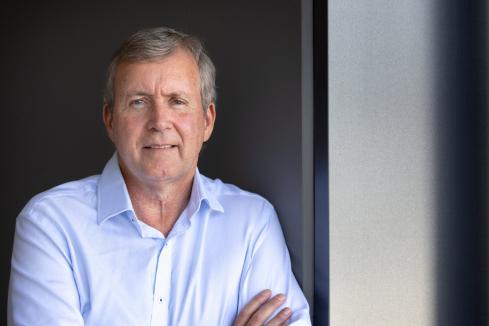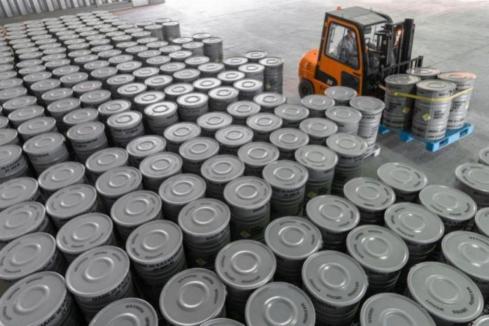
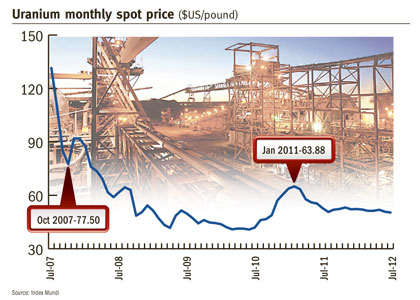
Nuclear energy has been under a cloud since the Fukushima reactor disaster in Japan last year, uranium prices have remained well off their highs and public confidence in nuclear power is weak but uranium miners are backing the long-term potential of the industry.
Uranium was thrust into the spotlight this month, with BHP Billiton shelving the $30 billion expansion of its Olympic Dam copper-uranium project in South Australia.
The giant miner also offloaded its Yeelirrie uranium deposit in Western Australia this week to Canada’s Cameco Corporation for $US430 million.
The shelving of Olympic Dam, which would have boosted uranium stocks by about 15 per cent, is expected to have a positive impact on long-term uranium prices, which have slumped since their highs in 2007.
Uranium supply will also be affected by the scheduled run-out early next year of the 20-year international ‘Megatons to Megawatts’ program, which converts Russian nuclear warheads into lower-grade uranium fuel.
Cameco Australia managing director Brian Reilly said the end of the program “takes 24 million pounds of secondary uranium supply out of the world market”.
“When you take this into account and the closure at Olympic Dam, which reduces world supply by 15 per cent, you can line up the dots and see a squeeze on long-term uranium supply,” Mr Reilly said.
“We believe the long-term fundamentals are very strong and we’re lining up our projects for when that time comes, that’s why we’re in WA.”
Mr Reilly brushed off market concerns over Cameco’s Kintyre uranium project, also in WA, after a prefeasibility study showed its profitability was partly dependent on uranium spot prices averaging $US67 a pound, much higher than current levels of about $US50/pound, to offset escalating production costs.
Monthly spot prices, which touched highs of $US130/pound, have retreated sharply since the GFC. They have been locked in at levels between $US53/pound and $US50/ pound since July last year.
Despite this, Mr Reilly said the Kintyre project had moved into a definitive feasibility study and that Cameco, which owns 70 per cent of the project and is the operator, had increased exploration at the site.
The Fukushima disaster in March 2011 decimated world confidence in nuclear power, prompting Japan and many European countries to scale back and, in some cases, get rid of their nuclear power programs.
Prices dipped after the disaster, falling from $US63.50/pound to $US57.82/pound the following month.
Toro Energy managing director Greg Hall said about 15 per cent of world supply was sold at the spot price and that the more accurate figure to base uranium sales on was the long-term trend price, which currently sat at $US61.50/pound, approximately 8 per cent less than Cameco’s cut-off price.
Mr Hall said demand for uranium was picking up. Last month, the United Arab Emirates started construction of four nuclear power stations and Japan planned to have 15 reactors back online by the end of the year.
Toro is still awaiting state and federal government approvals for its Wiluna uranium mine after receiving the nod from the Environmental Protection Authority earlier this year.
The other long-term uranium development in WA is Toronto-based resources company Mega Uranium’s Lake Maitland project. Mega kicked off a diamond drill program earlier this month at the $85 million project. It is scheduled to be completed by the end of the year.






